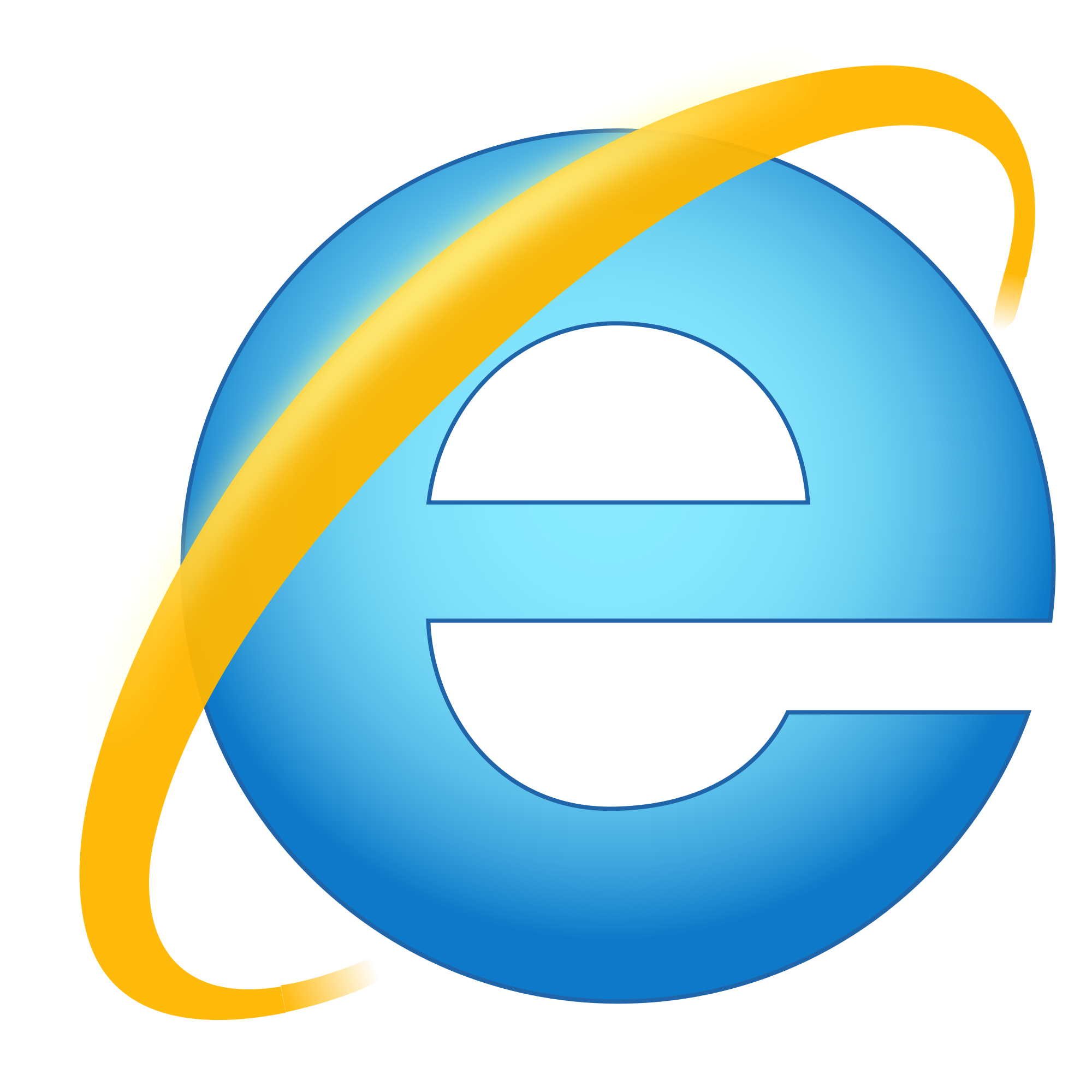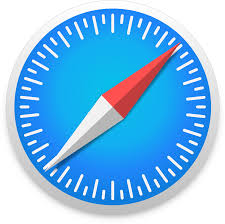HTML figure Tag: Main Tips
- The HTML
<figure>tag specifies self-contained content. - <figcaption> adds an optional caption for this content. It can be the first or last child of
<figure>HTML element.

Pros Main Features
- Easy to use with a learn-by-doing approach
- Offers quality content
- Gamified in-browser coding experience
- The price matches the quality
- Suitable for learners ranging from beginner to advanced
- Free certificates of completion
- Focused on data science skills
- Flexible learning timetable

Pros Main Features
- Simplistic design (no unnecessary information)
- High-quality courses (even the free ones)
- Variety of features
- Nanodegree programs
- Suitable for enterprises
- Paid Certificates of completion

Pros Main Features
- A wide range of learning programs
- University-level courses
- Easy to navigate
- Verified certificates
- Free learning track available
- University-level courses
- Suitable for enterprises
- Verified certificates of completion
Purpose and Use of figure
<figure> HTML defines self-contained content. The <figure> element usually represents images, code snippets, diagrams, illustrations, etc. Learn how to add an image in HTML with <img> element.
Note: self-contained elements indicate that they can be removed without affecting the flow of the document.
Example
<figure>
<figcaption>Logo</figcaption>
<img src="image.png" alt="Logo" width="300" height="300">
</figure>Note: the <figure> tag has no specific attributes, but supports all global ones.
Browser support

Chrome
8+

Edge
All

Firefox
4+

IE
9+

Opera
11+

Safari
5.1+
Mobile browser support

Chrome
All

Firefox
4+

Opera
11+

Safari
5.1+
 HTML
HTML  CSS
CSS  PHP
PHP  JavaScript
JavaScript  SQL
SQL  Bootstrap
Bootstrap  Solidity
Solidity  jQuery
jQuery  Git
Git  Chrome DevTools
Chrome DevTools  C++
C++  Python
Python 



